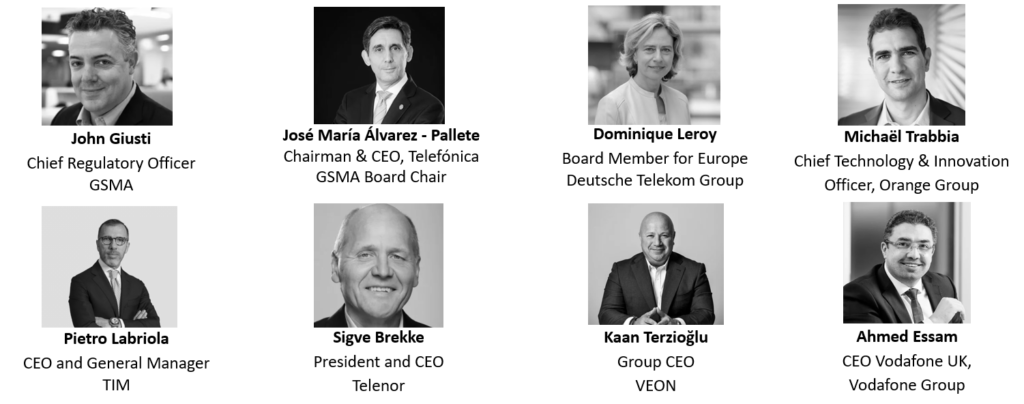Since the inception of mobile and internet connectivity, Europe has formed part of an elite group of digital leaders. For that to continue, our continent needs to wholeheartedly boost Digital Decade goals with spectrum support at WRC-23. As Europe becomes an increasingly digitised continent, as we rely on mobile more and more for access to government services, healthcare and education, there is an increasing risk that those without access to the latest communications technologies may be left behind. Europe can bring all its citizens together towards Digital Decade goals of universal 5G connectivity but must back mobile with the raw materials required: radio spectrum.
Mobile is used by over 5 billion people worldwide every day. It creates business opportunities, connects us with family and friends, provides healthcare and education, and allows us to enjoy many of the things that make life worth living. The GSMA is made up of more than 1,000 mobile operators and other businesses in the mobile ecosystem from every corner of the globe. Together, we share a vision that mobile services can be delivered to all people and industries, leaving no-one behind in the digital age.
The World Radiocommunication Conference this year (WRC-23), held under the auspices of the International Telecommunication Union (ITU), is an opportunity to support that vision and make sure that we build crucial development pillars to increase digital equality, widen harmonisation, and provide a clear roadmap to address future spectrum capacity needs. In the case of mobile, the WRC plays an important role in harmonising spectrum using, in ITU terminology, an International Mobile Telecommunications (IMT) identification. This international agreement creates vast economies of scale and device diversity.
Low-band spectrum discussed at WRC-23 (470-694 MHz) will support better quality services in rural areas and improve digital equality. European support for mobile throughout this band, and the subsequent development of IMT in the continent in more low-band capacity, will help ensure the success of Europe’s Digital Decade.
Europe’s urban populations will require access to the 6 GHz band (6.425-7.125 GHz) to ensure that, as targets for everyone to be using 5G by 2030 are met, mobile networks can be cost-efficiently expanded, and services are not impacted. This 5G expansion band, used on top of 3.5 GHz launch spectrum, is expected to come online in Europe in the second half of this decade and requires an IMT identification to be supported by European countries to enhance harmonisation and availability of a worldwide ecosystem. Licensed 6 GHz will play a critical role in delivering mobile networks with low latency and high security – networks that are important for the future agility and competitiveness of our continent’s industrial and manufacturing sectors.
Spectrum in the ranges 470-694 MHz, 3.5 GHz and 6 GHz, with that vital IMT identification at WRC-23, can deliver our vision for mobile in Europe. It can make fast, sustainable, and affordable networks available to more people.
Through WRC, mobile can connect more people while driving scale and further investment. It can allow us to transform industries and deliver services that are an asset to our countries, ensuring our industrial agility in the global marketplace.
Together, we can deliver affordable 5G across the continent and help ensure no-one is left behind in a digital age. In doing so, WRC-23 can make decisions for the benefit of billions.
To achieve this vision, we urge the countries of the region to consider the following actions at WRC-23:
- Adding a primary mobile allocation in the band 470-694 MHz, allowing those countries that wish to do so to identify the band, or parts of it, for IMT
- Identifying the band 3.6-3.8 GHz for IMT
- Identifying the 6 GHz band (6.425-7.125 GHz) for IMT
Signatories



